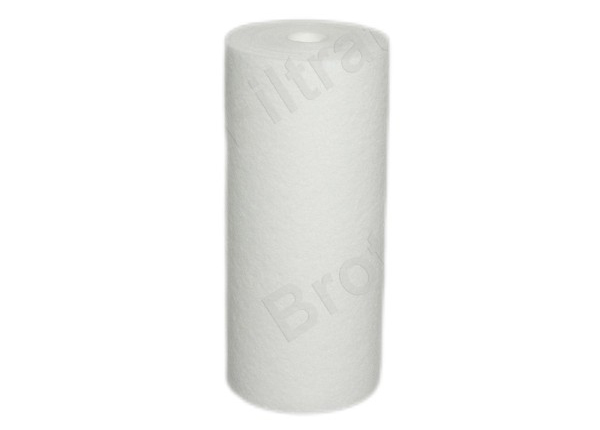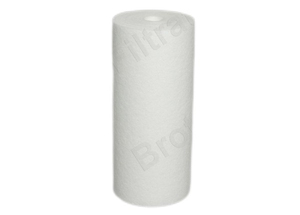Enhancing Filtration Efficiency: The Role of Melt-Blown Cartridges in Industrial Filtration Systems
Body
These cartridges, manufactured using a specialized process called melt blowing, offer unique characteristics that make them indispensable in purifying liquids and gases.
This article explores the significance of melt-blown cartridges, their production process, and their widespread applications in diverse industries.
Understanding Melt-Blown Cartridges
Melt-blown cartridges are a type of depth filter designed for the removal of contaminants from liquids and gases.
The term "melt-blown" refers to the manufacturing process, where thermoplastic resins are melted and extruded through fine nozzles.
The resulting fibres are then rapidly cooled and collected on a conveyor, forming a randomly arranged web of microfibers that constitute the filtration media.
Production Process
The production of melt-blown cartridges involves several distinct steps. First, the chosen thermoplastic resin, commonly polypropylene, is melted and extruded into fine fibres through a spinneret.
These fibers are then drawn and stretched by high-velocity air, creating a web of microfibers with a high surface area. The collected material is then bonded together to form a dense yet porous structure.
The final product, a melt-blown cartridge, is characterized by its fine fibre matrix, providing efficient filtration with minimal pressure drop.
Applications in Liquid Filtration
Melt-blown cartridges find extensive use in liquid filtration applications across industries such as pharmaceuticals, food and beverage, and water treatment.
Their high surface area and fine fiber structure make them effective in capturing particles of varying sizes, ranging from large sediments to submicron contaminants.
Whether in pre-filtration for reverse osmosis systems or the purification of process water, melt-blown cartridges contribute to maintaining the quality and integrity of liquids in industrial processes.
Air Filtration in HVAC Systems
Beyond liquid filtration, melt-blown cartridges are employed in air filtration systems, particularly in HVAC (heating, ventilation, and air conditioning) units.
These cartridges effectively capture airborne particles, including dust, pollen, and bacteria, ensuring clean and healthy air circulation in commercial and industrial buildings.
The ability of melt-blown cartridges to trap particles at high efficiency makes them valuable components in maintaining indoor air quality.
Oil and Gas Industry
In the oil and gas sector, melt-blown cartridges play a critical role in filtration processes associated with hydraulic fluids, lubricants, and process water.
The cartridges excel in separating solid contaminants from liquids, preventing equipment wear and ensuring the integrity of industrial machinery.
Their versatility and efficiency make them valuable assets in maintaining the reliability and performance of equipment in challenging operational environments.
Environmental Impact and Sustainability
Melt-blown cartridges contribute to sustainability efforts in filtration applications. The production process allows for the use of recyclable materials, and the cartridges themselves can often be disposed of or recycled responsibly.
Additionally, the energy-efficient manufacturing process aligns with the growing emphasis on eco-friendly practices in various industries.
Conclusion
In conclusion, melt-blown cartridges are integral components in industrial filtration, serving diverse applications in liquid and air purification.
The unique manufacturing process results in a high-performance filtration medium, making these cartridges indispensable in maintaining the quality and efficiency of processes across pharmaceuticals, food and beverage, HVAC systems, and the oil and gas industry.
As industries continue to prioritize efficiency and environmental sustainability, melt-blown cartridges will likely play an even more significant role in shaping the future of industrial filtration systems.










Comments